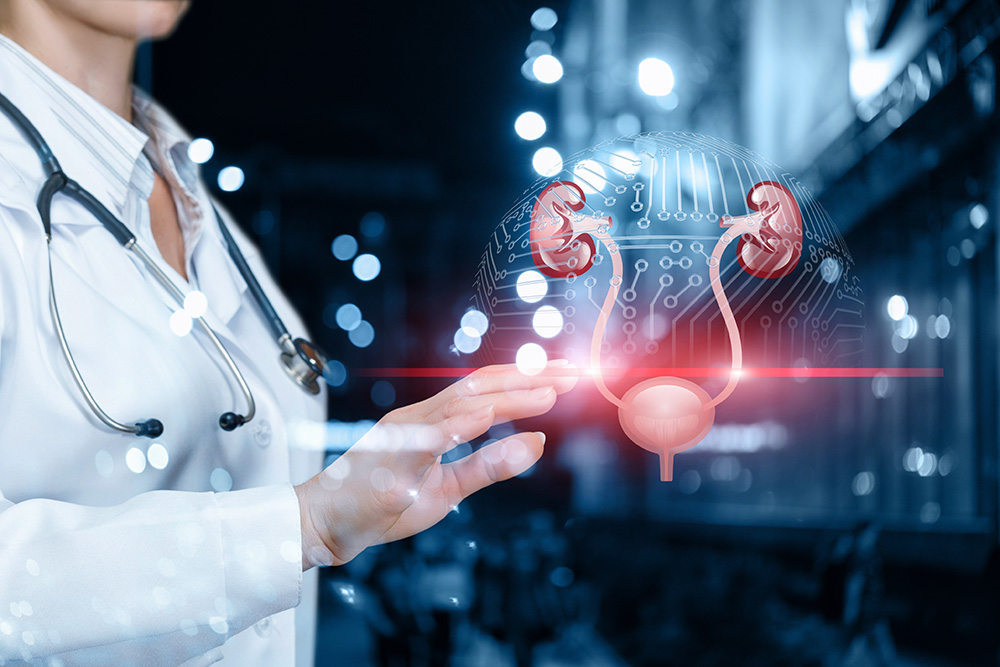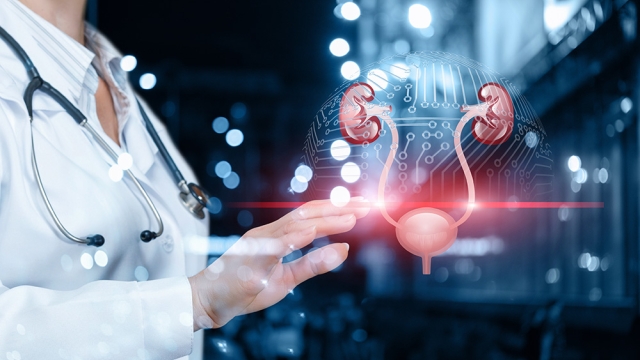Do you find yourself struggling with urinary issues? Perhaps you’ve experienced discomfort or pain while urinating, or maybe you’ve noticed changes in frequency or urgency. These concerns fall under the domain of urology, a medical specialty devoted to the study and treatment of the urinary system. Understanding the intricacies of urology can provide valuable insights into various conditions that affect both men and women. In this article, we delve into the world of urology, shedding light on common problems, preventive measures, and available treatments. So, if you’re seeking uncensored information about urology, you’ve come to the right place! Let’s explore this fascinating field together and empower ourselves with the knowledge we need to take charge of our urinary health.

Common Urinary Issues
In this section, we will discuss some common urinary issues that individuals may experience. These issues can range from mild discomfort to more serious conditions that require medical intervention. It’s important to remember that if you are experiencing any of these problems, consulting with a urologist is crucial for proper diagnosis and treatment.
-
Urinary Tract Infections (UTIs): UTIs are one of the most common urinary issues people face. They occur when bacteria enter the urinary tract and cause infection. Symptoms may include a frequent urge to urinate, pain or burning sensation during urination, cloudy or bloody urine, and lower abdominal pain. UTIs can affect both men and women, but they are more common in women.
-
Incontinence: Incontinence refers to the involuntary loss of urine, which can be a significant source of embarrassment and inconvenience. Factors such as weak pelvic floor muscles, nerve damage, or certain medical conditions can contribute to this problem. There are different types of incontinence, including stress incontinence (leakage during physical activities) and urge incontinence (sudden, intense urge to urinate).
-
Kidney Stones: Kidney stones are hard mineral and salt deposits that form in the kidneys. They can vary in size and may cause severe pain if they obstruct the urinary tract. Common symptoms of kidney stones include intense back or abdominal pain, blood in the urine, frequent urination, and nausea. Treatment options for kidney stones depend on their size and location.
Remember, these are just a few examples of common urinary issues. If you are experiencing any problems related to your urinary system, it is essential to seek professional medical advice for an accurate diagnosis and appropriate treatment.
Diagnostic Procedures
In order to diagnose urological issues, several diagnostic procedures may be used.
-
Medical History and Physical Examination: The first step in diagnosing urological problems is often a detailed medical history and physical examination. By understanding the patient’s symptoms, medical history, and lifestyle factors, doctors can gain valuable insights into the potential causes of the issue.
-
Urinalysis: Urinalysis involves analyzing a urine sample to detect any abnormalities, such as blood, bacteria, or abnormal levels of certain substances. This non-invasive test provides important information about kidney function, urinary tract infections, and other urinary system conditions.
-
Imaging Studies: Various imaging studies, such as ultrasounds, CT scans, or MRIs, may be used to visualize the urinary system and identify any structural abnormalities. These tests help in detecting stones, tumors, or other issues that may be causing the urinary problem.
By utilizing a combination of medical history, physical examination, urinalysis, and imaging studies, urologists can accurately diagnose urological conditions and develop appropriate treatment plans. Remember, early detection and diagnosis are key to effective management and prevention of urological problems.
Treatment Options
When it comes to addressing urology issues, there are several treatment options available. The choice of treatment depends on the specific condition and its severity. Here are some common approaches:
-
Medications: In many cases, urological conditions can be managed effectively with medications. Prescription drugs can help alleviate symptoms such as urinary incontinence, urinary tract infections, and kidney stones. Your urologist will prescribe the appropriate medication based on your diagnosis and medical history.
-
Minimally Invasive Procedures: When medication alone is not sufficient, minimally invasive procedures may be recommended. These procedures involve the use of advanced medical techniques to address urological conditions. Examples include urinary tract endoscopy and laser surgery for kidney stones. Minimally invasive procedures offer the advantage of reduced scarring, shorter recovery time, and minimal discomfort.
-
Surgery: In some cases, surgical intervention may be necessary to treat urological problems. Surgical procedures can range from simple outpatient surgeries to complex reconstructive surgeries. Urologists perform surgeries such as prostatectomies, bladder surgeries, and urinary diversion procedures to address a wide range of conditions. Surgical treatment aims to improve quality of life and alleviate symptoms that may be affecting urinary function.
It is important to consult with a qualified urologist to discuss the best treatment options for your specific urological concern. They will thoroughly evaluate your condition and provide personalized recommendations to help you achieve optimal urinary health.
